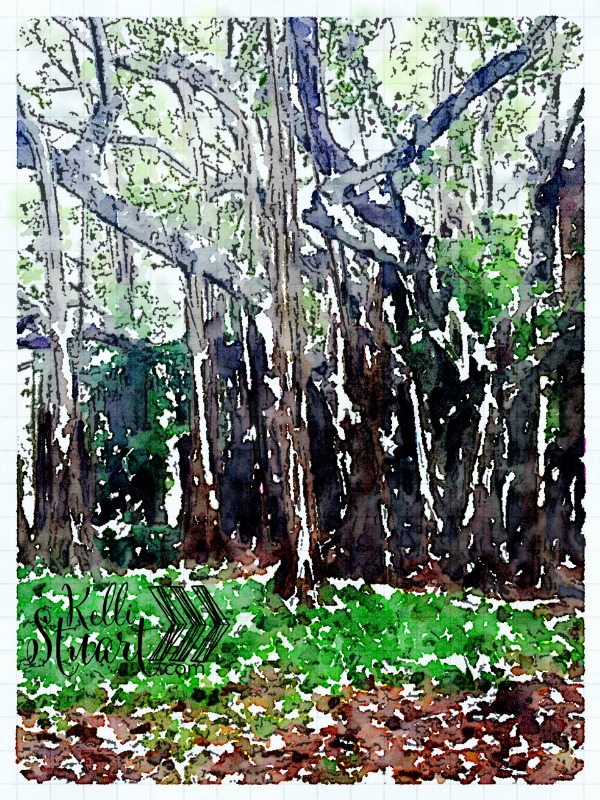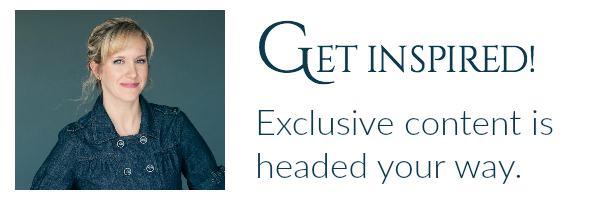He woke early, the impending sunrise giving the morning sky just a hint of grey, a sign that life would soon rise and begin the daily dance. He moved through the motions of dressing, then made his way to the kitchen where the smell of coffee greeted him with gentle grace, pushing away some of the sleep that still lingered in his brain.
He wrapped his hands around the hot mug and waited for his brain to catch up to his body. Half a cup of coffee later, he felt ready. He walked to his desk, an old, worn block of wood that he’d sat at for over a decade now and he set the coffee cup down next to the shiny, black typewriter – his pride and joy.
He decided many years ago that his most serious thinking and writing would happen on this typewriter. The clacking of the keys produced a romanticism that spurred more thoughts, more ideas. He couldn’t replicate such creativity on a computer.
With the night sky still fighting against the rising sun, he hit the first key, then the second, until his fingers moved in a rhythm. His brain didn’t have time to question or worry about the intricacies of today’s writing. He simply let the ideas spill out, until the sun shone high, the dewy grass glimmered, and the final drop of coffee had long been drained away.
Only then could his day begin.
In college, I had a professor by the name of Dr. Tom Hanks. True story. He taught an entire class on Geoffrey Chaucer’s The Canterbury Tales. It was one of my favorite classes. It nearly did me in, as the whole purpose of the class was to read the book in the original Chaucerian language, memorize large portions of it, and write frequent papers on the different short stories.
But Dr. Hanks made the class fascinating for us all.
He was known to come into class dressed as Chaucer from time to time. When he read the stories to us, they came alive, as the inflection of his voice rose and fell with the beat of this strange language. I’ll never forget the day Dr. Hanks described to us the way he felt when he sat down to write.
“I write because I have to,” he told us one afternoon. “Writing for me is like brushing my teeth. I don’t always enjoy the process, but it is a necessity to get through my day.”
I don’t know if Dr. Hanks actually wrote on a black typewriter or not. I imagine that he did, because the idea of it befits the memory I have of this fascinating man. What I know with certainty, though, is Dr. Hanks ignited in me a passion for the written word unlike anyone I had ever known. He gave me a glimpse into the mind of someone who thrived on creativity.
He, along with one other teacher my senior year at Baylor, sent me away from college with the desire to create.
We all have a spark of creativity buried somewhere inside. Sometimes that spark manifests itself in words, sometimes in numbers. It can be showcased in the kitchen, bubbling over in hot meals, or piled high in decorative treats. The creativity can come out in rhythms and notes, or in the joy that comes from a deep conversation. Creativity can be seen in a painting, in a well decorated home, or in the joy that one finds in Do It Yourself projects.
There is a method to each of our creative minds. Some of us do our best work early in the morning, some prefer the dark quiet of the night. Some sit and let the ideas flow freely, others think and build until the ideas are ready to spill out.
Everyone is creative in some way, shape or form, and it’s that creativity that all comes together to form a world full of color, of innovation, and of beautiful, interesting life – a life designed by the ultimate Creator Himself. What a beautiful thing to behold.


